"Johann Gottfried Herder . . . Conceived of Nature as an active force and humanity as an integral part of this dynamic, organic whole."
Merriam's life zones
Ecotone zone
Forest zone
Ecotone zone
Lacustrine, or littoral zone
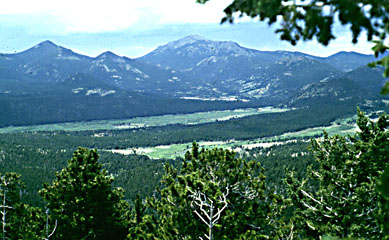

| The concepts of life zones and habitats in the growth of ecological ideas: 1871-1909 | ||
|---|---|---|
|
||
| Brecht De Smet, A Dialectical Pedagogy of Revolt, p. 37. |
||
| Ideas generated an organic revolt after 1870s | ||
Merriam's life zones |
||
|
||
|
||
|
||
|
||
|
||
 |
||
 |
Chapter 5 | |
![]()
Organic approach to federal policy making is a thread and theme from 1871-1907.
River conservation was multipurpose: flood control, water storage, wildlife and fishery protection, navigation, and reclamation."...remarkable rebuttal of laissez faire political economy."
Characteristics of the organic revolt:
- coherence between land and water use policies was asserted
- systematic linkage among related natural features; forests, rivers, springs, & groundwater
- the sum of the individual parts of a river have a multiply greater impact on the whole region called a watershed
- connected; these parts contribute to a functional whole that if disturbed can cause:
- erosion
- flooding
- poor sanitation and risk to health
- repeated seasons of epidemic disease
- loss of life, forests, fisheries, and wildlife.
Organic Revolt: consisted of a rejection of laissez faire policies in favor of systematically connected, organized approaches to coherently fostering navigation and creating dams, reservoirs, aqueducts and forest reserves to promote reclamation of dry, desert lands, clean water cities, and sanitary reform to promote the common good.
Instead of private owners competing in a race to degrade the watershed, these people and their followers proposed common ownership in the control of water and cooperation in land use regulations to promote the good of the community.
The organic revolt provided the conceptual foundation for the conservation movement.
Created National Forests, National wildlife refuges, the Bureau of Reclamation projects, urban parks, and public health agencies.
"...remarkable rebuttal of laissez faire political economy."
Examples of irrigation circles in the high plains of the arid regions beside a small town and river system.
"After the War between the States, the doleful predictions of George Perkins Marsh concerning fisheries and estuarine habitats churned in the mind of his confidant and supporter, Spencer Fullerton Baird. As a naturalist and assistant director of the Smithsonian Institution, Baird knew that sport and commercial fisheries were dependent on anadromous fish. These fishes lived most of their existence in the sea but required the freshwater river sources to spawn the next generation of salmon, herring, or shad. Often the juveniles of these species lingered in the estuaries, where a rich supply of food, nourished the young."
p. 83.
George Perkins "Marsh's appeal for geographical regeneration significantly altered attitudes of specialists toward land legislation, river policies, and wildlife conservation laws. Local urban parks aand sanitary engineering . . . were some of themany derivatives of Marsh's 'landscape renewal' proposal."
p. 82.
Concerning: "the organic approach to government policy making embodied in comprehensive riverine management was the product of scientific advice to federal bureaus."
p. 110.
Key Players in Chapters 4 & 5.
John Quincy Adams , President and later Member of the House of Representatives when it created the Smithsonian Institution.
Alexander Dallas Bache, Coast Survey
George Perkins Marsh, scholar, writer, and diplomatAlexander Agassiz, Oceanography
Spencer Fullerton Baird, US Fish Commission
M. F. Maury, oceanography and climate
C. Hart Merriam, "life zones"
Review of Chapter Five's main points:
Without the organic revolt; leaderless though it was until 1901, " . . .the national awareness of ecological realities that emerged after World War Two could not have created the political consensus that temporarily preserved the coastal wetlands from further reclamation."
p. 111.
What were the steps to putting ecological realities together?
identifying zones | zones as a way to categorize living conditions | fish & rivers | birds | niche | biocenose | ecology
Fishing and hunting interests before the war influenced Post Civil War Preservation impulses.
Oyster fisherman's plight pointed up the need for federal intervention.New Federal Bureaus like the Smithsonian Institution (1846) & Department of the Interior (1849).Baird's Fish Commission (1871) drew heavily on the naturalists and the natural history tradition.
Lack of Congressional support for government science.Alexander Dallas Bache (1842) transformed the Coast Survey.John Quincy Adam's Internal Improvements drew opposition despite the obvious needs.
Coastal fortifications and mapping
Jacksonian creation of the US Coast Survey, 1832.
Navy Depot of Charts and Instrument 1842, and Naval Observatory.
Lt. Matthew Fontaine Maury and the US Exploring Expedition.
Maury, 1851, new global map of Winds and Currents.Habitat science in coastal studies, Manx naturalist, Edward Forbes described zone by depth.Physical Geography of the Sea, by Maury, based on Humboldt and Goethe's influences.
Military (Maury) & civilian (Bache) rivalry, notwithstanding yielded valuable natural history of the nations' and world's seashores.
Biological and geographical information about seashores, currents, tides and fisheries grew.
Specialists began to replace the naturalists (generalist) in government science.
National Academy of the Sciences, NAS, (1863) marked the ascendency of specialists.
Specialists in federal sciences.
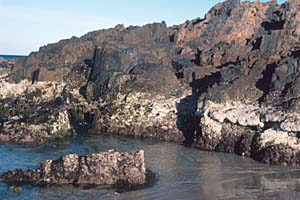
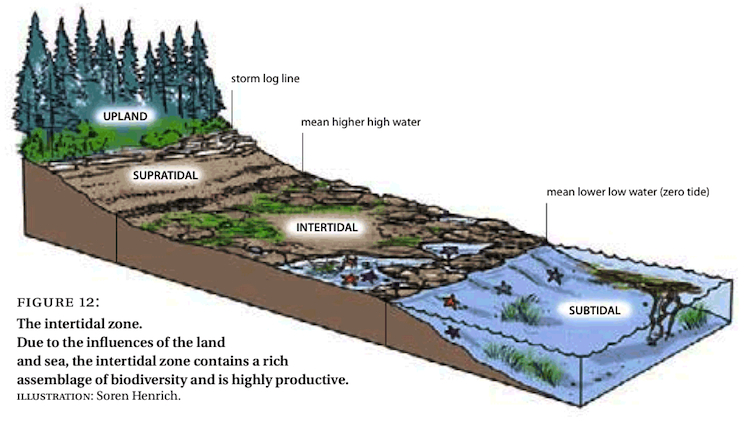
Niche was defined by naturalists as routine place of residence and occupation of means of extracting a living, securing a living in the economy of nature.
Alexander Agassiz popularized the works of Dana, Forbes and Gosse to a wider audience.
Forbes described zones of depth and
Gosse described Devonshire coastal marine life.
Louis Agassiz of Harvard was an important marine and fresh water scientist of invertebrates.
His influence was felt through his students, his Museum of Comparative Anatomy & his summer school to study seaside biology.
Louis Agassiz was a curious mix of modern (Ice Age) and antiquated (anti-Darwinian) ideas.
Louis Agassiz described the coral reefs along the Southeastern Florida coasts (1850s).
Alexander Agassiz, in 1865, published Seaside Studies in Natural History, described coast habitats of sandy beach, rocky shore, and mud flat.
A. Agassiz described the organic realms of seaside creatures in zones, after Alexander Von Humboldt's Torrid, Temperate and Frigid zone classifications.Agassiz oceanic zones were remarkably accurate.
Substrate (shore materials, rock, sand, mud) were described as restricting certain life forms.
A. Agassiz recognized the favorable conditions of tropical Florida reefs to rich and varied fauna.
Spencer Fullerton Baird was more of a naturalist later influenced Fish Commission & Biological Survey, hired C. Hart Merriam there at the Survey.
Line vs. trap fisherman argued over the causes for New England's coastal fishery decline 1870.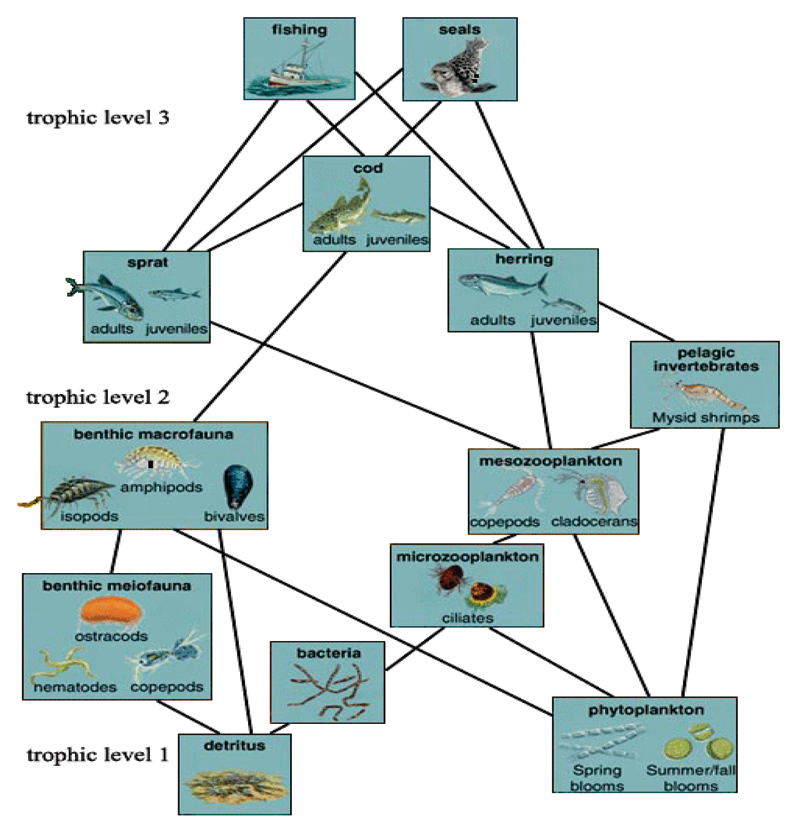
US Fish Commission created to resolve such disputes by looking into the science. Such science showed the organized relation of one organism to another. By 1935 this arrangement of feeding units called "trophic levels" would be called a food chain.
Fishery conservation was the first institution to promote science based protection policies at the federal level.
Dams were destroying river fisheries as well as coastal.
Lumber and mill interests opposed fishery conservation.
Fish hatcheries were promoted along with fishery science.
Brought national attention to European Science.
Karl Möbius's discussion of an Oyster Reef as a single entity or biocoenosis (biotically functioning assemblage) or biocenoseBird protection emerged in Federal science bureaus."the entire . . . community would be transformed." by changes in external conditions.
Ernst Haeckel's contributions to nomenclature and evolution: ecology.
Ernst Haeckel was an artist and a scientist who drew exquisite renderings of creatures along the seashore in addition to illustrating the concepts that came from Charles Darwin's revolutionary understanding that humans were part of nature and descended from a common ancestry with all life on earth, not just all other humans. Haeckel referred to ecology as the study of these organisms in relation to the inorganic and organic (living) conditions of existence.
p. 65. (pp. 94, 100-101.)
C. Hart Merriam's concept of Life Zones applied to San Francisco Mts., in the Sonoran desert.
 As you move up a mountain it is similar, with respect to vegetation, to moving towards the poles, from: tropical, to temperate, to frigid zones.
As you move up a mountain it is similar, with respect to vegetation, to moving towards the poles, from: tropical, to temperate, to frigid zones.Each zone is characterized by distinctive associations of plants, fungus and animals.
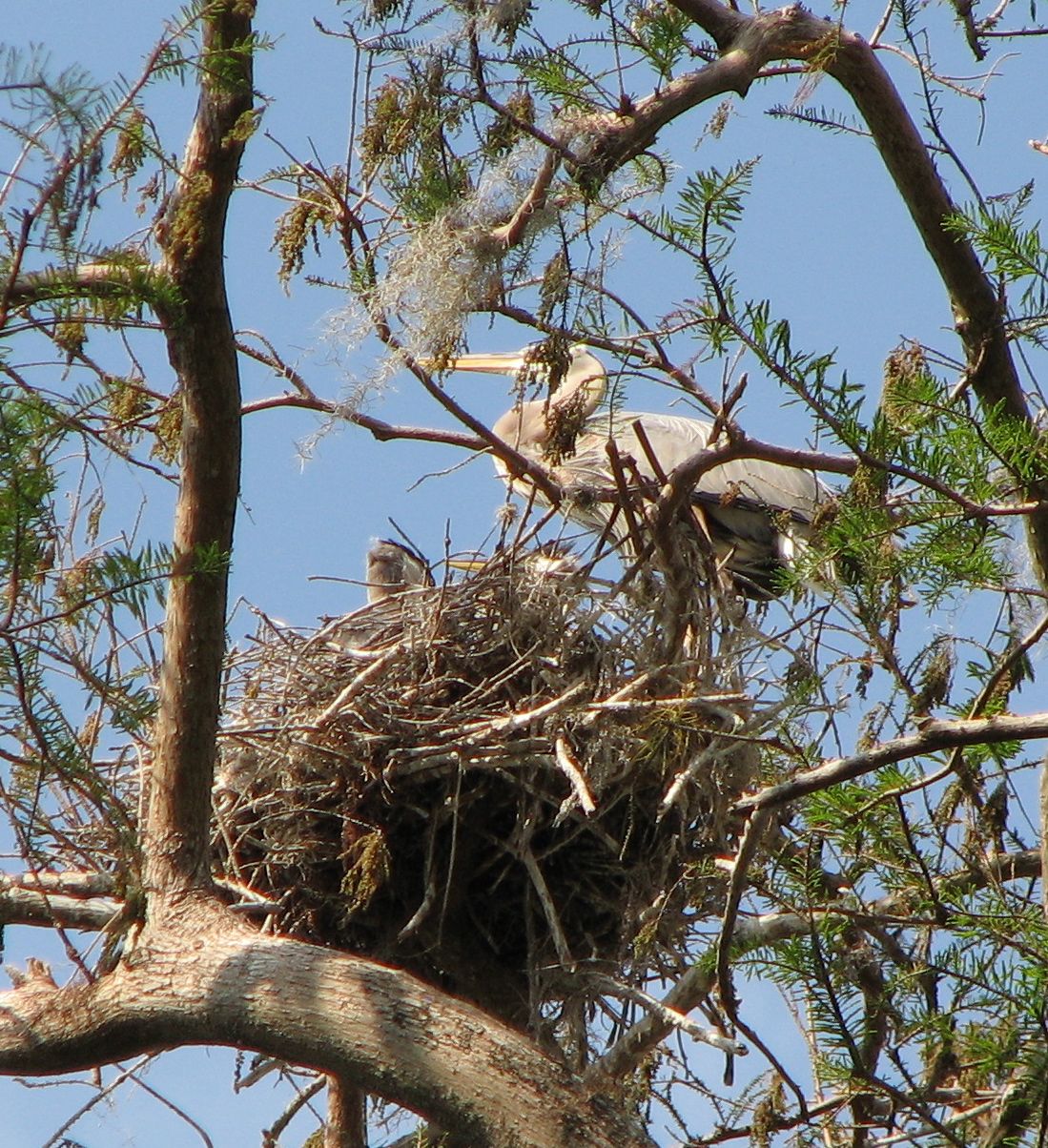
Bird conservation due to fashion and the millinery trades. State Audubon societies were founded to change fashions and protect birds.John Wesley Powell, Comprehensive land-use plan for the arid regions 1878.1891, Forest Reserve Act, protected watershed values of western timber lands.
Afognak Island, Alaska set aside as a fish, wildlife and bird refuge in 1892.
First introduced in 1897, the Lacey Act of 1900 used Interstate Commerce to stop bird hunting, halting the shipment of avian skins killed in violation state laws.
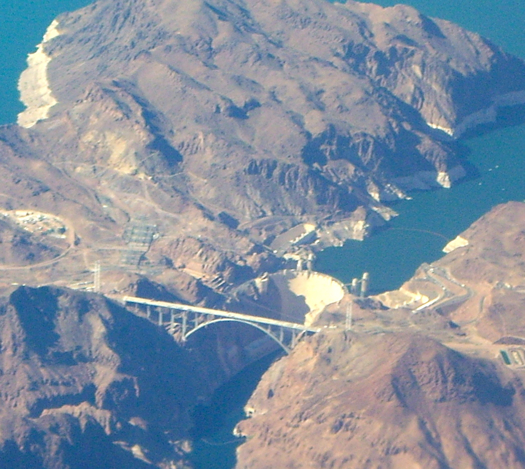 Hoover Dam in Boulder Canyon provided water and electrical power to five states in the far west by creating the reservoir of Lake Meade.
Hoover Dam in Boulder Canyon provided water and electrical power to five states in the far west by creating the reservoir of Lake Meade.
W. J. McGee, Comprehensive Riverine Management rested on a coherent understanding of forests, water, rivers and conservation.
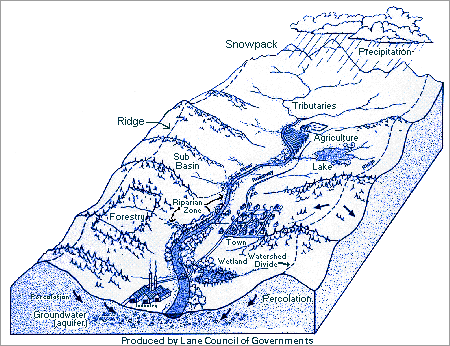
Comprehensive Riverine Management was McGee's revolutionary concept that Pinchot and Roosevelt adopted.
Nathaniel Shaler, scientist of the seashore wetlands.
Eugenius Warming, plants classified in terms of water tolerance, halophyte vs. xerophyteFrederick H. Newell (1902) Bureau of Reclamation -- for arid or dry and swamp lands.Shaler's recognition of marsh's as a place of "abundant development of animal life." 107Shaler nonetheless recommended reclamation.Charles Van Hise and economics of land and land ownership, believed in individual home ownership as a means of improving the well-being of the community.
"waste places" of marshes required drainage.Full agricultural potential demanded reclamation – to bring or remove water – of "wasted" land.
Pelican Island, 1903, reserved in Florida (Sebastian Inlet).
Mcgee and Pinchot crafted Comprehensive Riverine Management.
Aqueducts from three different sources bring water to Los Angeles.
Based on geographical regeneration and renewal of landscape to compensate for disturbed harmonies.
"Somewhat ambivalently, tidal marshes had been recognized as essential habitats for fish and fowl while still being viewed as wastelands – after 1890,they were seen as a surrogate frontier of reclaimable farmland and homesteads to fulfill the popular promises of Progressive political and social ideology."